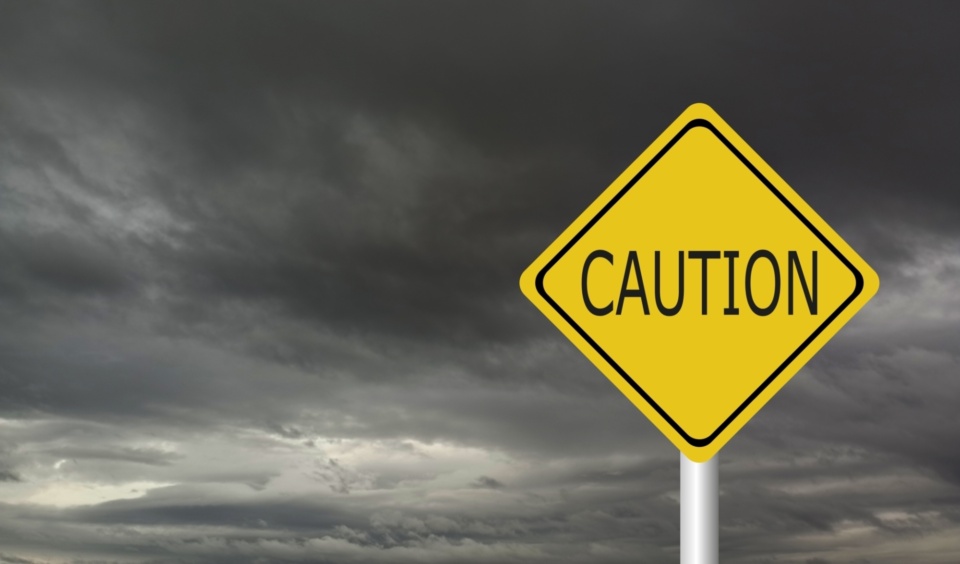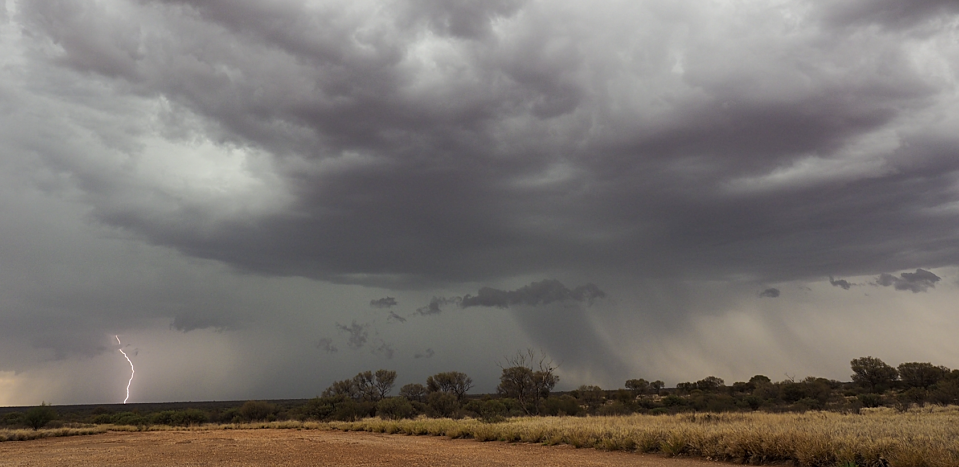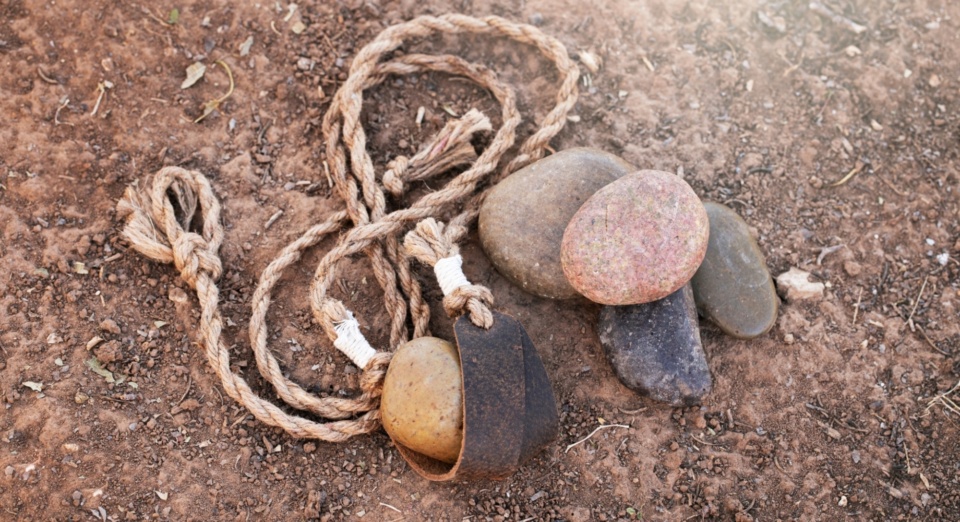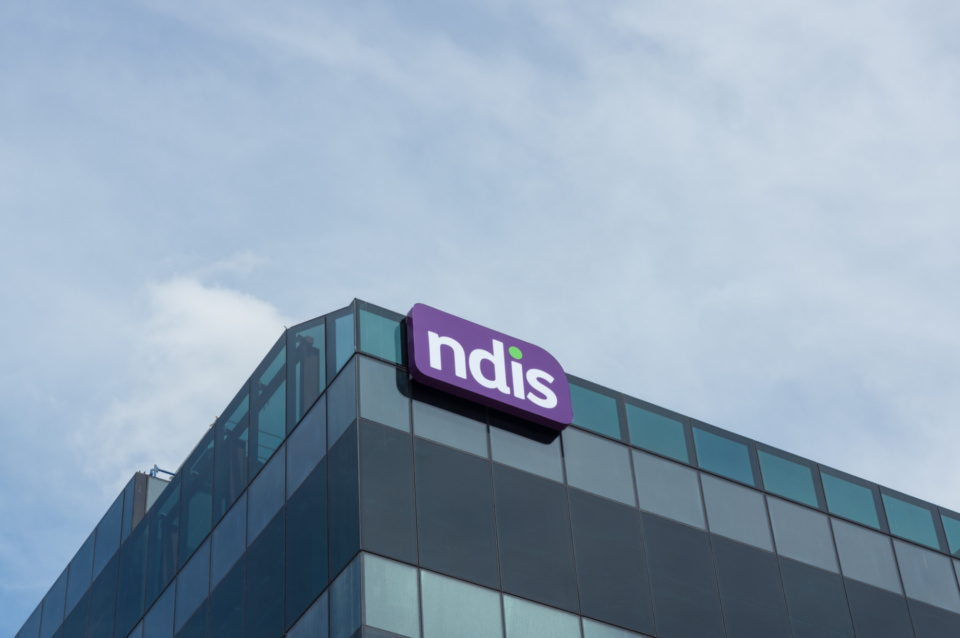
Why not prepare a Pre-Budget submission?
Posted on 26 Nov 2025
Charities and not-for-profits can be outstanding advocates for their cause, their community, their…
Posted on 11 Dec 2023
By Jon Bisset
A long-term vision is crucial to ensuring community radio not only survives, but thrives, writes Community Broadcasting Association of Australia CEO Jon Bisset.
Despite the challenges of an evolving technology, media and communication landscape, community broadcasting continues to play an important role in connecting, inspiring and informing communities across the country.
Australian community broadcasters recently completed a 10-year plan for the future: Roadmap 2033.
At its core is our vision for community broadcasting to be at the heart of every Australian community, exemplifying its unique role as trusted, creative, local and independent media.
Roadmap 2033 was developed through a once-in-a-generation consultation with stations, staff, volunteers and industry experts as well as research, data analysis and surveys.
The plan aims to support, challenge and inspire the community broadcasting sector to increase our impact through greater collaboration and innovation and maintaining a clear focus on the interests and participation of communities.
Our sector is united behind the shared vision to achieve even more positive outcomes for our communities.
We already deliver more than 500 AM/FM/DAB+ services and two dedicated TV services that reach more than 4.7 million people across Australia each week – almost one quarter (23%) of Australians.
Our social and economic impact is driven by 17,800 amazing volunteers and almost 1000 employees generating $250 million in value.
We still have work to do to build our capacity to grow our audiences and to reach all communities with good-quality, relevant content that is available on all relevant contemporary platforms.
Roadmap 2033 charts a course for us to do that.

Firstly, we need to grow the capability of our people, stations and organisations. This will mean developing our workforce, being even more inclusive and accessible, and sharing resources wherever it makes sense.
Secondly, we need to double down on what makes us special – our diversity. Our content needs to evolve to reflect the full diversity of our ever-changing communities.
The Roadmap recognises we need to tell our story better so that community broadcasting is better recognised as an impactful sector in the minds of government, industry and the public.
And we must secure our capacity to deliver with diverse and sustainable funding, and services on all platforms – traditional bands and emerging platforms – to wherever the audience is.
We need the capacity to help our communities respond to increasing numbers of disasters and provide local news and information in areas where services are lacking.
The keys to achieving our vision include:

"Community broadcasting is a force of positive change, enriching the lives of Australians in many ways. It is a connector, bridging geographical gaps to reach underserved regions."
Community broadcasting is a force of positive change, enriching the lives of Australians in many ways. It is a connector, bridging geographical gaps to reach underserved regions.
It weaves itself into the social and cultural fabric of society, creating a tapestry of voices that reflect the diversity of our nation.
Moreover, it provides vital trusted local news and information within communities, especially in times of elevated need.
Speaking at the launch of the Roadmap, Michelle Rowland MP described the sector as one that “really does punch above its weight when it comes to the diversity of media in this country."
The importance of community broadcasting is greater in regional and remote areas, where a substantial portion of stations are based.
In these regions, community radio isn't just a source of entertainment; it's a lifeline. It delivers essential local news and information, offering a critical connection to communities that might otherwise be isolated.
During times of crisis and emergency, the significance of community radio becomes even more evident. When telecommunication channels falter, radio becomes critical.
The ABC plays a lead role across a broad footprint, but community radio stations step up to serve as a hyperlocal source for vital emergency response information. The dedication of local staff and volunteers in supporting communities before, during, and after emergencies is awe-inspiring.
First Nations Australians have embraced the power of community broadcasting as a platform to amplify their voices and concerns.
Aboriginal and Torres Strait Islander people tune into community radio much more often than the general population because it better reflects their cultures, stories and arts.
In a nation as diverse as Australia, community broadcasting plays a critical role supporting the strength of our multiculturalism.
We broadcast in more than 100 languages, many more than SBS, creating a sense of belonging for our culturally and linguistically diverse communities.
This strengthens social bonds and promotes understanding among different cultures, fostering a richer and more harmonious society.
One cannot forget the vital role community broadcasting plays in promoting and supporting Australian music.
It is a platform on which local artists thrive, where their talents are celebrated and nourished. Notably, 33% of community radio audiences tune in primarily to hear Australian music – a testament to the sector's contribution to local art scenes.
Community broadcasting also serves individuals with disabilities through the Radio Reading Network. This network provides indispensable services tailored to the unique needs of this community.
Beyond accessibility, the sector is committed to improving disability representation in media and fostering positive community attitudes.
Faith-based communities find a home on community radio, too. It is a medium where faith and spirituality flourish and have a positive impact on listeners' spiritual and relational growth.
To achieve the vision of community broadcasting at the heart of every community we have a lot of work to do.
It will require action from stations, their staff and volunteers. It will require support from philanthropic partners, audiences and community partners.
Community broadcasting also needs more support from government.
While community broadcasting is recognised for its invaluable social contributions, adequate funding is crucial if stations are to be sustainable.
The provision of year-to-year funding certainty and indexation in the 2022–2023 federal budget was a step in the right direction.
However, additional funding will be essential if community radio is to adapt to a changing media landscape and continue serving underserved markets, ensuring a positive social impact on our communities.
Jon Bisset is CEO of the Community Broadcasting Association of Australia

Posted on 26 Nov 2025
Charities and not-for-profits can be outstanding advocates for their cause, their community, their…

Posted on 12 Nov 2025
Managing a charity or not-for-profit in Australia is often more complex than it may appear. On any…

Posted on 29 Oct 2025
One of the most contentious debates across many areas of human services is the for-profit versus…

Posted on 28 Oct 2025
Workers in the not-for-profit sector lift up communities, care for those in crisis and do work that…

Posted on 08 Oct 2025
The cost of climate change's impact on Australian life is increasingly well documented. The…

Posted on 08 Oct 2025
The Wurundjeri Indigenous people who live in and around Melbourne understand their environment as…

Posted on 30 Sep 2025
I am proud of what Our Community, and its exceptional team, have achieved in the past 25 years. As…

Posted on 24 Sep 2025
If a business ran the government, a corporatocracy would likely emerge, prioritising profit over…

Posted on 09 Sep 2025
This has been another big week in the evolving story of tech oligarchs versus Australia, profit…

Posted on 03 Sep 2025
The problem with the NDIS is not autistic families or children, says Annabel Rattigan, a leadership…

Posted on 27 Aug 2025
It used to be that businesses could concentrate on profits, profits and profits, only playing in…

Posted on 26 Aug 2025
There is no Department of Charities in the federal government, no red book, no blue book for an…